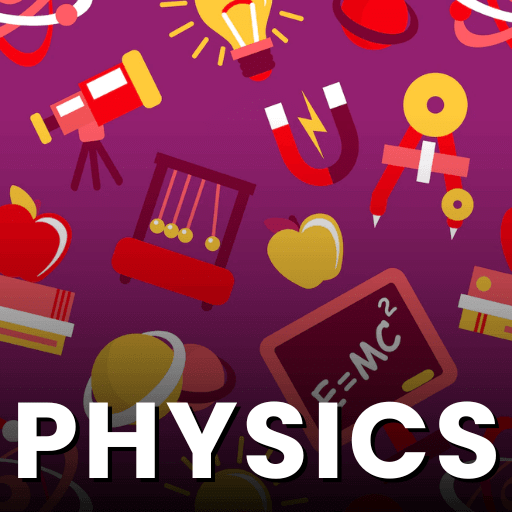NCERT Based MCQs With Answers: Body Movements | Science Class 6 PDF Download
For students who wish to score high marks in their Class 6 exams, referring to NCERT Based MCQs for Science Subject is an utmost necessity. Here are some NCERT Based MCQs of the chapter Body Movements.
Question: 1. Which part of the body of a snake is used in locomotion?
(a) Legs
(b) Fins
(c) Feet
(d) Whole body
Answer: (d) Whole body
Explanation: Snakes move by dragging their body throughout in the form of loops. Hence, snakes have a crawling or slithering type of movement.
Question: 2. Which of the following systems is made up of bones and cartilages?
(a) Digestive system
(b) Muscular system
(c) Skeletal system
(d) Respiratory system
Answer: (c) Skeletal system
Explanation: The skeletal system is your body's central framework. It consists of bones and connective tissue, including cartilage, tendons, and ligaments. It's also called the musculo skeletal system.
Question: 3. Which of the following bones protects the lungs and heart?
(a) Cranium
(b) Pectoral girdle
(c) Pelvic girdle
(d) Rib-cage
Answer: (d) Rib- cage
Explanation: The skull protects the brain, vertebrae protects the spinal cord, rib cage protects lungs and heart and the pelvis protects the kidneys.
Question: 4. Which of the following bones protects the spinal cord?
(a) Hand bone
(b) Backbone
(c) Shoulder bone
(d) Chest bone
Answer: (b) Back bone
Explanation: The spinal cord is protected by bones, discs, ligaments, and muscles. The spine is made of 33 bones called vertebrae.
Question: 5. Which of the following is an example of a pivot joint?
(a) Between skull and the first vertebra
(b) Keen joints
(c) Shoulder and upper area
(d) Chest bone
Answer: (a) Between skull and the first vertebra
Explanation: Pivot joint joins the radio and ulna of the arm and at the base of the skull which helps to join the first and second vertebrae which help in movement of the neck
Question: 7. Which of the following joints is found in the cranium?
(a) Gliding joint
(b) Ball- socket joint
(c) Hinge joint
(d) Fused joint
Answer: (d) Fused joint
Explanation: The joints of the cranial bones are fused joints.
Question: 8. How many small ring-like vertebrae are there in the human vertebrae?
(a) 10
(b) 22
(c) 33
(d) 25
Answer: (c) 33
Explanation: The spine has 33 stacked vertebrae (small bones) that form the spinal canal. The spinal canal is a tunnel that houses the spinal cord and nerves, protecting them from injury.
Question: 9. Which of the following is the example of ball-and-socket joint?
(a) Knee joint
(b) Shoulder joint
(c) Joints between backbones
(d) None of these
Answer: (b) Shoulder joint
Explanation: The shoulder and wrist joint belong to the category of ball and socket joint. It is a type of synovial joint in which the ball-shaped surface of one rounded bone fits into the cup-like depression of another bone.
Question: 10. Which of the following is composed of cartilage?
(a) Arms
(b) Leg
(c) Skull
(d) External ear
Answer: (d) External ear
Explanation: Cartilage is the soft, porous, elastic connective tissue. It does not contain blood vessels and nerves. Present at the tip of the nose and external ears.
Question: 11. The Skeleton of the human body is made up of
(a) bones
(b) cartilage
(c) both bones and cartilage
(d) None of these
Answer: (c) Bones and cartilage form the skeleton of human body.
Question: 12. Fixed joints are found in
(a). lower jaw
(b) skull
(c) hands
(d) Hip bone
Answer: (b) Joints in skull are immovable.
|
100 videos|261 docs|49 tests
|
FAQs on NCERT Based MCQs With Answers: Body Movements - Science Class 6
| 1. What are body movements? |  |
| 2. What are the types of body movements? |  |
| 3. What are the bones and muscles involved in body movements? |  |
| 4. How do joints help in body movements? |  |
| 5. How can we maintain the health of our bones and muscles? |  |



























